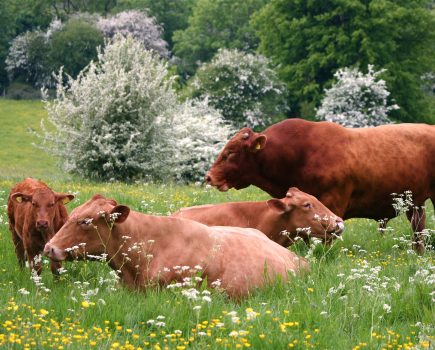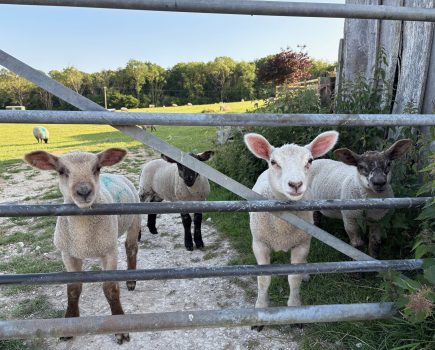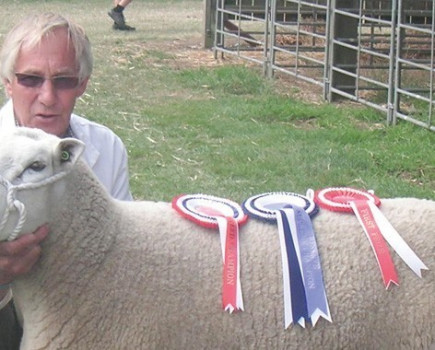I was well aware, of course, that bluetongue had arrived in the east of England and was making its way towards my farm (as we say in East Sussex “what good ever came out of Kent?”), but that doesn’t mean that I had anticipated finding ourselves swallowed up within a Bluetongue Restricted Zone. But that was what happened, on the very day before we were due to sell 200 wether lambs at Hailsham Market and then a further 200 Suffolk mule ewe lambs at the Dolphin Sheep Fair at Ardingly the following day. Not ideal.
To be fair, I could still have taken my wether lambs to Hailsham, but there was too much uncertainty about what the trade might be.
Sending our 200 molly-coddled-cream-of-the-crop ewe lambs to the Dolphin Fair was completely out of the question, though, as Ardingly is in West Sussex and therefore not in the restricted zone and, at the time of writing, still isn’t. (As we also say in East Sussex: “how come West Sussex gets all the lucky breaks?”)
So my immediate crisis is what to do with 400 lambs that I’d hoped to sell. I have no idea when I might be able to market them satisfactorily. And there is also the longer term worry about the level of health risk bluetongue represents to the 1,500 sheep and 300 head of cattle we currently have on the farm.
The disease is called ‘bluetongue’, of course, because animals suffering from the virus are so short of oxygen that their tongues turn blue. Other symptoms include a fever, nasal discharge, lameness and listlessness. The disease is particularly deadly to sheep (it was first reported more than 125 years ago when European breeds of sheep were introduced into southern Africa).
With bluetongue having such an alarming potential impact on my flock of North Country Mules and prized herd of pedigree Sussex cattle, I have rushed to put myself on the waiting list for a vaccine with my vet. She said that the vaccine does help, particularly in terms of reducing fatalities, but it doesn’t prevent the further spread of the disease.
So, I suppose this has to be my plan: vaccinate as soon as possible and then sell my crop of lambs when confidence returns to the store sheep trade. But the bigger picture for livestock farmers in the South East of England is that, with our climate warming, coping with farm animal diseases historically only associated with much hotter climes will gradually become the norm.
For more like this, sign up for the FREE South East Farmer e-newsletter here and receive all the latest farming news, reviews and insight straight to your inbox.







